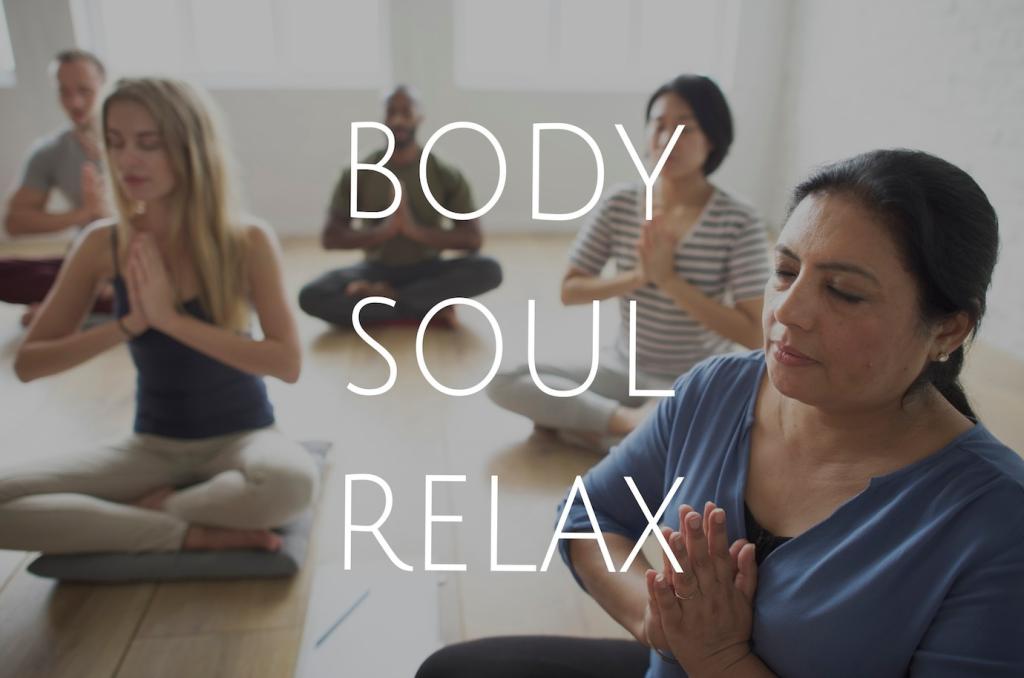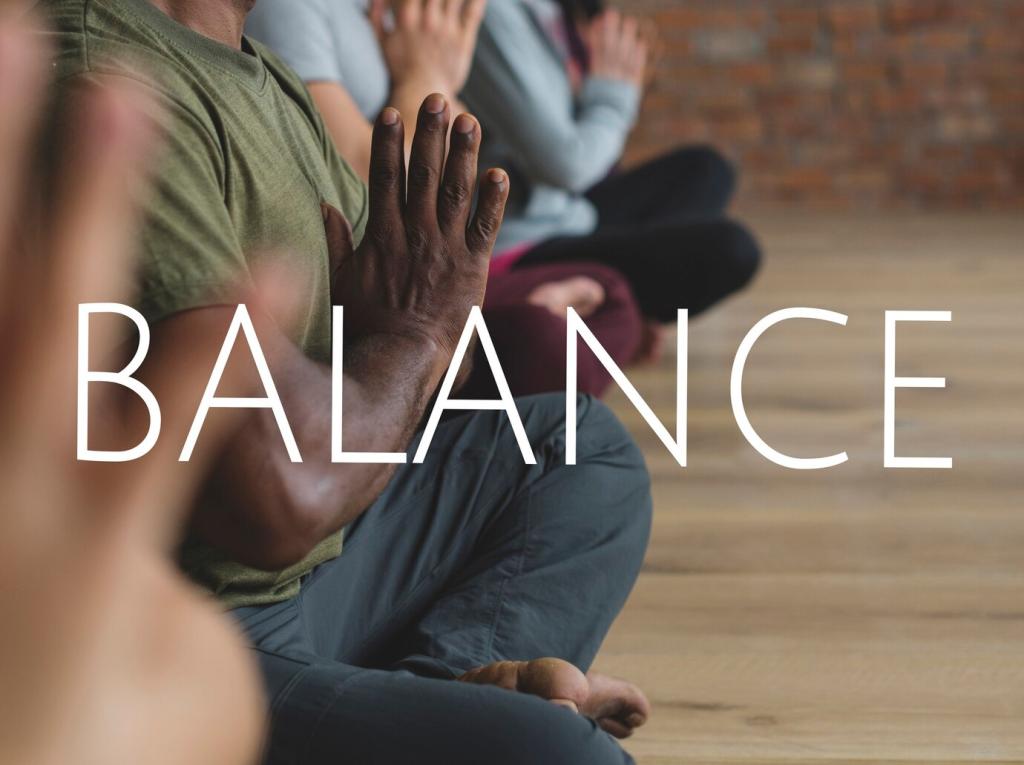
Mindfulness Techniques for Athletes: Focus, Recovery, and Flow
Selected theme: Mindfulness Techniques for Athletes. Step onto the field, track, pool, or court with a clearer mind, steadier breath, and steadier confidence. Explore practical routines, relatable stories, and simple habits that help you perform with purpose. Share your reflections, subscribe for weekly drills, and tell us what you’re training for.
Breath as Your Baseline
Box Breathing for Pre-Game Nerves
Inhale four, hold four, exhale four, hold four—repeat four rounds. A sprinter told us this pattern cut her call-room jitters noticeably. The square rhythm gives the mind a job, settles the body, and sets a calm, confident tone.
Nasal Breathing on Easy Runs
On recovery days, breathe through your nose to naturally moderate pace, improve CO2 tolerance, and warm incoming air. Many runners report smoother rhythms and fewer side stitches. Try ten minutes nasal-only, then notice your cadence and effort steadiness improve.
Exhale to Reset Under Pressure
When stress spikes, lengthen your exhale to trigger a calmer state. A basketball guard uses a six-count exhale before free throws, pairing it with one release word. The longer out-breath signals safety, restoring control when the gym gets loud.

Single-Point Focus Drill
Pick a small dot on the wall. For two minutes, breathe naturally and keep your gaze soft on that point. When thoughts wander, gently return. Later, use the same feeling to quiet your mind before a serve, start, or lift.

The 'Now Cue' Word
Choose a short word that anchors you—“smooth,” “drive,” or “tall.” Repeat it during key moments, linking it to breath and movement. Over time, this cue becomes a mental switch that centers attention and reduces spiraling thoughts mid-play.

Two-Minute Sensory Scan in Warm-Up
During warm-up, scan head to toe: jaw, shoulders, ribs, hips, knees, and feet. Notice tension without judgment, then release one area per breath. The ritual builds body awareness and prevents overthinking before the real work begins.



Compassionate Grit: Handling Setbacks
The 90-Second Rule for Emotions
Emotions rise and fall like waves. When frustration hits, breathe and label it for ninety seconds: “This is disappointment.” Let the wave pass, then choose your next action. Athletes report cleaner resets and fewer impulsive decisions.

Mindful Strength and Mobility
Tempo Lifts with Breath Sync
Inhale on the lower, slight pause, exhale on the drive. Counting tempo reduces rushing and flaring, while breath pairs power with control. Athletes report better bar paths and fewer risky compensations when rhythm sets the pace.
Three-Anchor Mobility Flow
Before heavy work, anchor attention in foot pressure, hip position, and rib orientation. Move slowly through lunges and reaches while monitoring these three points. The awareness builds stability and carryover into sprints, jumps, and changes of direction.
RPE Meets RPE-M
Rate of Perceived Exertion meets Mindfulness: ask, “How loud is my internal noise?” Score the mental load and adjust volume accordingly. This keeps ego in check, protects recovery, and aligns today’s training with long-term consistency.
Racing in the Flow State
Three rounds: 3-2-1 breath, one cue word, one vivid visualization. A swimmer used this ritual before every race for a season and reported steadier starts, calmer mid-pool adjustments, and more trust when plans needed changing.


Racing in the Flow State
Outcome goals are loud; process goals are actionable. In a 5K, aim for even splits, relaxed shoulders, and quick cadence. Athletes who track process during the event often finish stronger—and handle surprises with less panic.
Mindfulness on the Team
Circle Breathing Huddle
Before practice, the team forms a circle and breathes together for one minute. The synchronized rhythm calms pre-work chatter, aligns intention, and signals, “We’re here now.” It’s simple, consistent, and surprisingly powerful before tough sessions.
Silent Warm-Up Minute
Begin warm-up with one quiet minute of eyes-soft, breath-steady attention. No phones, no talking. Many squads report fewer sloppy first reps and sharper drills afterward, because everyone has actually arrived—not just physically, but mentally.
Coach’s Micro Check-Ins
Coaches can ask, “One word for your head today?” Athletes answer quickly—no explanations. The snapshot guides modifications and opens doors for support. Tiny moments of listening prevent big breakdowns and foster a resilient environment.

